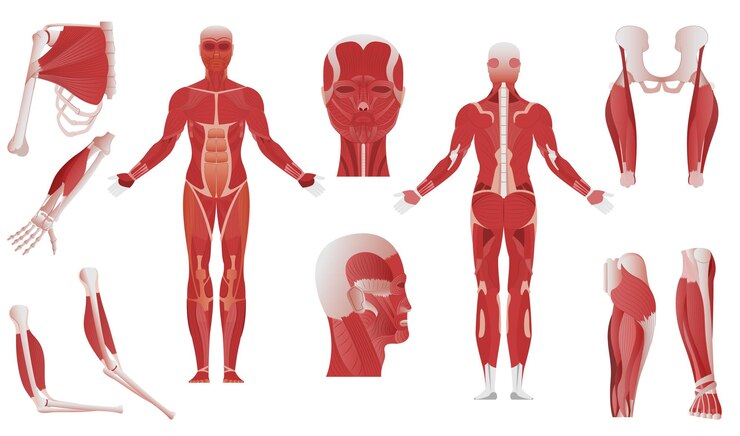M10 Wolverine Tank Destroyer: A Comprehensive Guide
The M10 Wolverine Tank Destroyer, a formidable piece of military hardware, played a critical role during World War II. Renowned for its design, capabilities, and effectiveness in combat, the M10 has become an iconic symbol of American armored warfare. In this article, we will explore its history, design features, operational use, and its legacy in modern military history.
Historical Background
The M10 Wolverine was developed as a response to the need for a tank destroyer that could effectively combat German armored forces during World War II. The United States Army realized early in the war that its existing tanks were not sufficiently powerful or effective against the heavily armored German tanks. As a result, the Army sought to create a dedicated tank destroyer that could engage enemy armor with high-velocity anti-tank guns.
Development of the M10
The M10 Wolverine was based on the M4 Sherman chassis, which was one of the most widely produced tanks of the war. The M10 was designed by the U.S. Army Ordnance Department, and its development began in 1941. The prototype was completed in 1942, and it entered service the same year. The design emphasized speed and firepower, allowing it to outmaneuver and outgun many of its contemporaries.
Design Features
The M10 Wolverine was designed with several key features that contributed to its effectiveness as a tank destroyer.
Armament
One of the standout features of the M10 was its armament. It was equipped with a 3-inch (76.2 mm) gun, which was capable of penetrating the armor of most German tanks at combat ranges. The gun was mounted in a fully rotating turret, allowing for greater flexibility in targeting enemy vehicles. Additionally, the M10 had secondary armament, including .50 caliber and .30 caliber machine guns for anti-infantry support.
Armor Protection
The armor of the M10 was not as thick as that of heavy tanks, but it was designed to provide adequate protection against enemy fire. The frontal armor was around 2 inches (50 mm) thick, which could withstand hits from lighter anti-tank weapons. However, its design was based on the principle of mobility over armor; the M10 was fast and agile, allowing it to engage enemies from advantageous positions.
Mobility
The M10 Wolverine was powered by a gasoline engine that provided a top speed of around 35 mph (56 km/h) on roads. This mobility allowed the M10 to reposition quickly on the battlefield and evade enemy fire. Its relatively lightweight design, compared to other tanks, contributed to its agility and speed.
Operational Use
The M10 Wolverine saw extensive service in various theaters during World War II, including North Africa, Europe, and the Pacific. It was deployed in numerous significant battles and operations, showcasing its versatility and effectiveness.
North African Campaign
The M10 was first used in the North African Campaign, where American forces faced the German Afrika Korps. The M10 proved valuable in ambush tactics, where it could engage German tanks from concealed positions. Its firepower allowed it to successfully counter German armor, significantly impacting the outcome of several battles.
European Theater
As the war progressed, the M10 Wolverine became a staple of American armored divisions in Europe. It played a crucial role in the D-Day invasion and subsequent battles in Normandy. The M10’s ability to operate in support of infantry units made it an essential asset during the liberation of France.
The Battle of the Bulge
One of the most notable uses of the M10 occurred during the Battle of the Bulge in late 1944. As German forces launched a surprise offensive, the M10s were deployed to halt their advance. Despite facing heavier German tanks, M10 crews utilized ambush tactics and the tank destroyer’s superior maneuverability to counterattack effectively.
Post-World War II Legacy
After World War II, the M10 Wolverine continued to serve in various conflicts around the world. Although it was gradually replaced by more advanced tank destroyers and main battle tanks, the M10’s design principles influenced future armored vehicle development.
Vietnam War and Beyond
The M10 saw limited use during the Vietnam War, where it was employed primarily in a support role. Its legacy continued with many M10s being modified for various purposes, including armored personnel carriers and self-propelled artillery. The design principles of the M10 would influence the development of later armored vehicles, particularly the emphasis on mobility and firepower.
Conclusion
The M10 Wolverine Tank Destroyer remains an iconic symbol of American armored warfare during World War II. Its combination of firepower, mobility, and design made it a formidable opponent on the battlefield. While its service may have ended decades ago, the M10’s impact on military vehicle development and its role in shaping armored warfare strategies cannot be overstated.
Understanding the history and operational use of the M10 Wolverine helps us appreciate the complexities of armored warfare and the importance of continuous innovation in military technology.
FAQs
What was the primary purpose of the M10 Wolverine?
The primary purpose of the M10 Wolverine was to serve as a tank destroyer, designed to engage and destroy enemy armored vehicles, particularly German tanks, during World War II.
How effective was the M10 Wolverine against German tanks?
The M10 Wolverine was generally effective against German tanks, particularly early war models. Its 3-inch gun could penetrate the armor of most German tanks at combat ranges, especially when employing ambush tactics.
How many M10 Wolverines were produced?
Approximately 6,700 M10 Wolverines were produced during World War II, making it one of the more widely used tank destroyers of the conflict.
What are the main differences between the M10 and the M4 Sherman tank?
The M10 Wolverine was designed specifically as a tank destroyer, with a more powerful gun and a fully rotating turret. In contrast, the M4 Sherman was a general-purpose tank with a lower caliber gun in its earlier variants and thicker armor.
Is the M10 Wolverine still in use today?
The M10 Wolverine is not in active military service today, as it has been replaced by more advanced armored vehicles. However, some remain in military museums and private collections, serving as historical artifacts.
Where can I find more information about the M10 Wolverine?
For more detailed information about the M10 Wolverine Tank Destroyer, you can consult military history books, online archives, and museums dedicated to armored warfare and World War II history.







